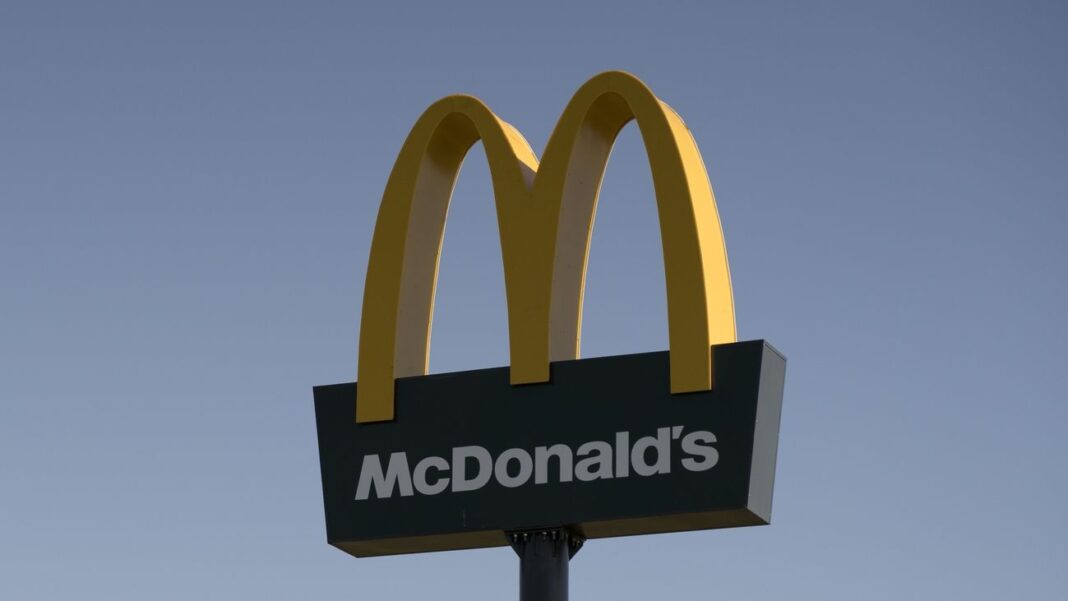In a surprise development that’s caught the attention of food lovers and industry watchers alike, McDonald’s and Krispy Kreme have announced the abrupt termination of their U.S. doughnut partnership, less than a year after launching a much-hyped national rollout.
The collaboration, which began with a limited test in 160 McDonald’s locations in Kentucky in 2022, quickly grew to 2,400 restaurants by early 2025.
The plan had been to take Krispy Kreme doughnuts nationwide by the end of 2026, but logistical and financial hurdles have brought that vision to a halt.
The Doughnut Deal that Didn’t Rise
The partnership officially ends on July 2, 2025, meaning that participating McDonald’s locations will stop selling Krispy Kreme products—most notably, the brand’s signature Original Glazed and chocolate iced doughnuts.
“This test demonstrated the power of our brand and our ability to expand with new partners and formats,” Krispy Kreme said in a statement.
“However, the cost to service the partnership on a larger scale proved unsustainable.”
The announcement sent ripples through social media, with “McDonald Krispy Kreme menu” spiking as a top trending search on Google.
Many fans expressed disappointment over the short-lived collaboration, which had been praised for bringing a premium product into the fast-food giant’s breakfast offerings.
Business vs. Buzz
While the move generated excitement among consumers—especially during breakfast and coffee hours—it didn’t translate into the kind of sales boost McDonald’s had hoped for. The company noted that the addition of Krispy Kreme had a “small, non-material impact” on overall breakfast revenue.
For Krispy Kreme, the setback comes amid deeper financial challenges. The company’s stock has plunged over 70% year-to-date, and analysts cite mounting delivery costs and underwhelming retail performance as contributing factors.
Logistics, particularly the need to supply freshly made doughnuts daily to McDonald’s locations, became a costly and complicated endeavor.
Analysts believe Krispy Kreme may now refocus on its core distribution channels: its branded stores, retail partners like Walmart and Target, and growing e-commerce operations.
What’s Next for Both Brands?
Come July, the iconic Krispy Kreme treats will no longer be available at McDonald’s restaurants. However, the doughnut chain is expected to remain visible in supermarkets and standalone shops across the U.S., as well as in global markets where the brand continues to expand.
McDonald’s, meanwhile, is likely to return to its in-house menu development strategy, possibly exploring other breakfast innovations.
With rivals like Dunkin’ and Starbucks continuously innovating in the coffee-and-pastry segment, the Golden Arches will need to recalibrate its approach to morning meals.
Industry Lessons
While food partnerships between major brands often generate headlines, not all result in long-term success.
This latest example underscores the challenges of integrating external supply chains into fast-paced, high-volume environments like McDonald’s.
Still, experts say the attempt wasn’t a failure. “It showed that McDonald’s is open to creative partnerships and brand experimentation,” says Leslie Hartwell, a food industry analyst.
“But it also revealed just how fragile those experiments can be when logistics and margins don’t line up.”
As the McDonald’s-Krispy Kreme partnership winds down, fans have just a few days left to enjoy the sweet duo under one roof. For now, both companies seem committed to moving forward—separately.
And for consumers? It’s back to buying doughnuts and fries in two different lines.
Also Read
Nvidia Hits New High: What Its AI-Fueled Rally Signals for the Future of Tech Stocks
China’s Laser Internet Breakthrough: A Starlink-Beating Technology?

